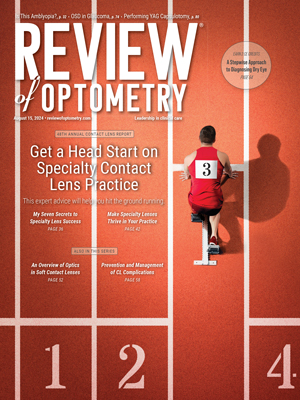 |
The escalating cost of healthcare can clearly be pinpointed to the role of physician benefit managers (PBMs). This group of middlemen, owned by insurance companies, largely avoids transparency and pockets billions of dollars a year—the definition of a conflict of interest. This occurs while drug prices escalate, often to the point that insurers will deny prescriptions written for the newest and best drugs out of “cost concerns.”
Who drove up those costs in the first place? And why do regulators feel that targeting doctors will lower them?
Getting Hot Under the Collar
It was 104° one day and a pharmaceutical rep asked me to meet with her prior to a promotional program I was conducting that evening. The problem was, after the meeting she was not allowed to drive me the 0.7 miles to the venue that she had to drive to anyway. This would be considered “adding value to a physician,” which must be monetized and reported via the Sunshine Act. The problem was that Uber drivers and taxis don’t want to accept short-ride fares in remote areas like where I was at the time.
After 25 minutes of trying to get a ride, I started walking in my dress pants, dress shoes and long-sleeve shirt, and carrying my sports coat in one arm and computer bag in the other. I arrived 25 minutes later, sweaty and hot. I wasn’t sure if I was heated because of the extreme temperature or because I was thinking about how absurd these regulations were, given that I’ve personally heard of legislators being whisked off by lobbyists in private jets to Scotland to play golf while they made laws such as this one.
Prescribe What’s in the Patient’s Best Interest
I can’t think of a time when any of us looked at a pen from a pharmaceutical company that caused us to change our mind and prescribe that drug. If a therapeutic agent is best for our patient, we are going to do so regardless of which pens may happen to be in the drawer.
Having staff learn about new drugs is also helpful, as they are the ones entering it in the EHR and ensuring it’s prescribed properly. In essence, it’s a safeguard that helps ensure the doctor’s Rx was appropriate. Unfortunately, sending a staff member to attend a program to learn about a new drug is considered “adding value to the doctor” and restricted by many pharma companies.
Abuse by Healthcare Providers
I can’t say I have witnessed abuse in eye care, but I do know it has occurred in other medical fields. I understand why regulations were needed but, as with many things, the pendulum has swung too far. The idea of not allowing doctors to learn about pharmaceuticals that patients desperately need because they live in certain states and have to pay for their own meals seems absurd, especially when no such constraints apply to the legislators dining in the finest restaurants who decide what physicians can and can’t do.
I can also attest that, as a speaker, it costs me more to leave my practice for a day than the typical honorarium provided for a speaking engagement but, like many, we feel compelled to educate and elevate our profession nonetheless.
Consistent Transparency
While I understand that Sunshine Laws provide transparency to the public, why doesn’t this also apply to insurance companies and the PBMs they own? Or, for that matter, the fees the healthcare legislatures receive from lobbying groups, including for their meals, wines, hotels, private jets and golf fees.
In the next reporting quarter—that’s three months, mind you—United Healthcare is projected to book over $100 billion in revenue. Much of that comes from PBMs, who often take the majority of revenue on a pharmaceutical Rx. And yet, to the public, the blame lies with doctors and drug companies. The PBMs live in a world of non-transparency; few physicians have even heard of them, let alone our patients. And I don’t see PBMs stepping up to inform the public to stop blaming doctors and pharmaceutical companies.
Time for a Change
It’s an election year, and it’s time to start pushing for reforms that target where the escalating costs truly reside. I can clearly tell you it’s not because of doctors, who are providing the best care we can. I’m sure that me walking 0.7 miles in 104° heat to avoid an $8 Uber ride isn’t going to make a significant dent in the overall cost of medicine.
Dr. Karpecki is medical director for Keplr Vision and the Dry Eye Institutes of Kentucky and Indiana. He is the Chief Clinical Editor for Review of Optometry and chair of the New Technologies & Treatments conferences. A fixture in optometric clinical education, he consults for a wide array of ophthalmic clients, including ones discussed in this article. Dr. Karpecki's full list of disclosures can be found here.

